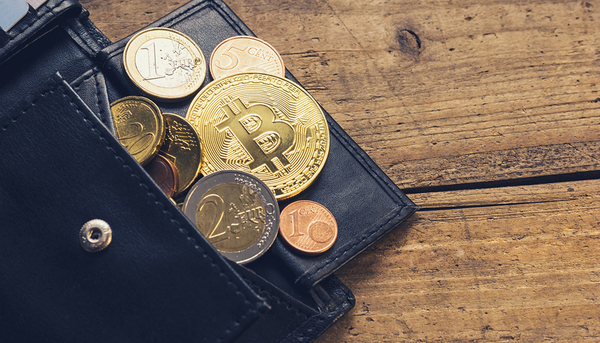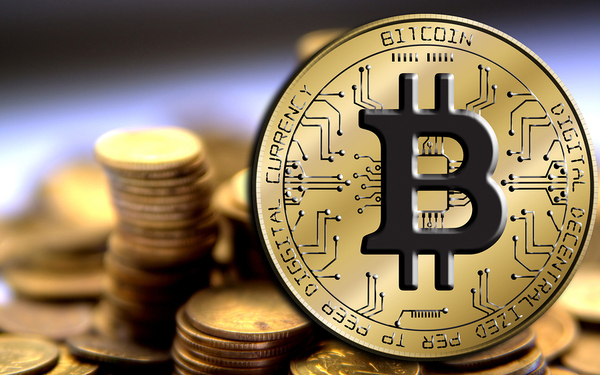
When cryptocurrencies first started, they were all about proof of work. Proof of work is not a very complicated concept. It is something that is hard to do but easy to see once you’ve done it, like chipping a sculpture out of marble or cutting down the trees in a lot. Proof of stake is, if anything, even easier to understand, but its implications for altcoins is a fairly big deal.
What Is Proof Of Stake?
Proof of stake is fairly simple, and in fact, you’ve used a version of it before. Think back to when you bought your first car. You probably showed up with some proof that you had a job, that you had money in the bank, and that you were able to make your payments, right? Proof of stake, at its most basic, is exactly like that.
In proof of stake, instead of altcoins being “mined,” they’re “minted.” When a block is created, the creator is chosen randomly from those who already hold some of the altcoins or who already hold “wealth” in the system. The more you hold, the more likely you are to receive the block, although this is far from a one-to-one system, for reasons we’ll discuss in a moment.
Once you get the block, your funds are held in a form of escrow. If a transaction is fraudulent or otherwise bad, the stake is used to pay back the victim of the fraud. In other words, you’re accountable for how the block is used. So, if your altcoins are at stake, how do you make money? Through transaction fees. In other words, proof of stake makes you, temporarily, a one-person bank or the intermediary in a transaction, and you draw profit from assisting in a sale. Once the block is finished, the next one comes up.

How Does Proof Of Stake Change Altcoins?
As you can imagine, proof of stake creates some interesting challenges and opportunities. It may be a better and fairer system, depending on the altcoin involved, the goals of the network, and the value of the currency.
One of the downsides of proof of work is that you need the tools to actually “mine” altcoins. These are often gigantic, expensive server farms that are driven by computer graphics cards bought in bulk; nobody is mining bitcoin on their phone. Proof of stake, on the other hand, levels the playing field. It allows people to mint altcoins according to how many altcoins they already hold.
While this system works in theory, there are some complications with actual practice. Suppose an altcoin suddenly rises exponentially in value? The truly affluent, the people holding the most coins, get what some may consider an unfair advantage in minting the altcoin. The system, by design, privileges people who own more coins because they can better absorb the hit if a transaction goes bad.
In other words, if you’re new to investing, you’ll want to look closely at how these systems function in practice, not just theory. It is always best to know the rules of the game before you start to play.
- Want to become a savvier altcoin investor? Subscribe to Bitcoin Market Journal!
- What Does Proof of Work Mean?

